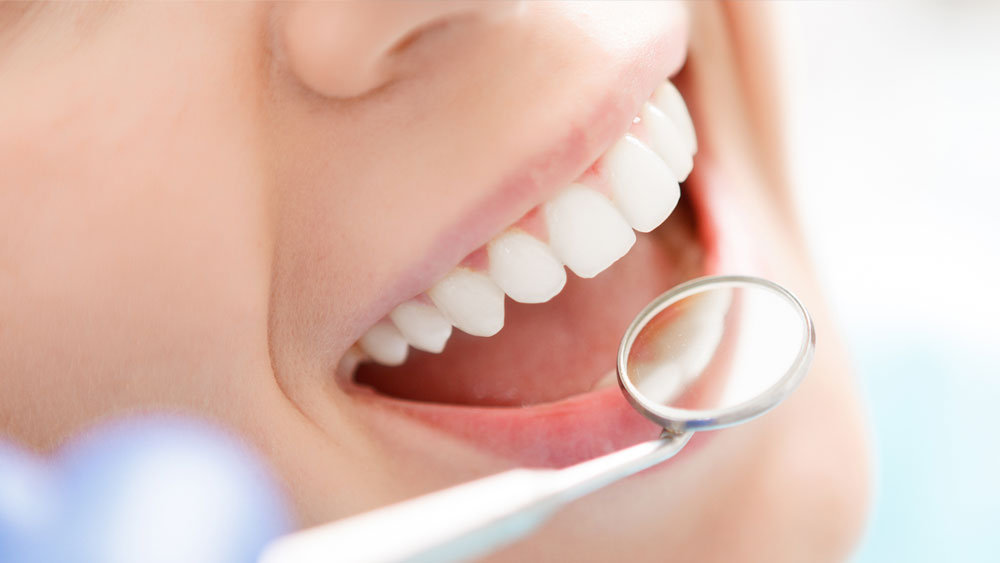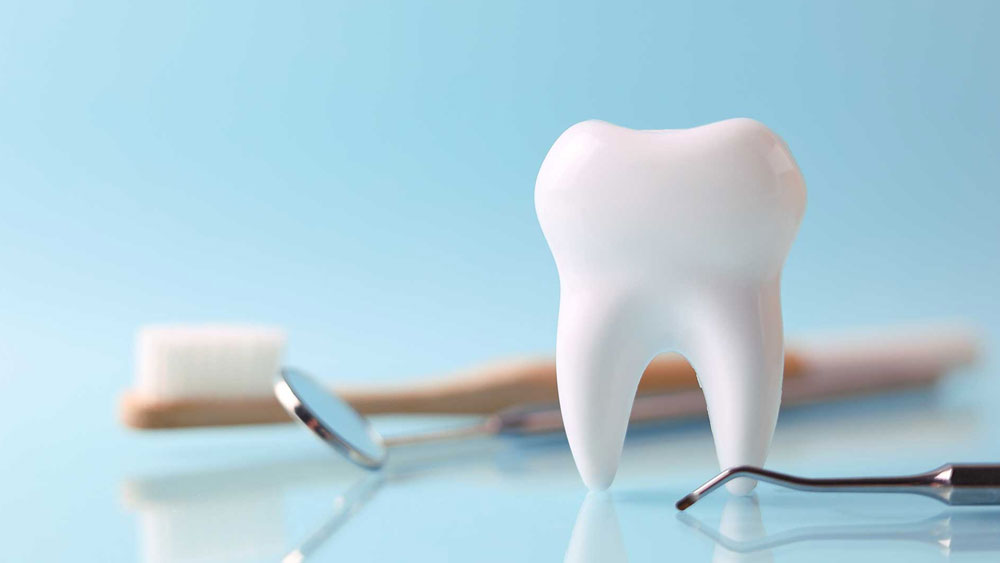Patient Tips

Bad Breath
Many people worry about basd breath, either their own or someone else's. The advertising media have made much of the social stigma arising from 'offensive breath' to their own advantage. Bad breath or halitosis may indicate a dental problem, but this may not always be the case.
Causes
The odour may be caused by factors in the mouth or by changes occurring in other parts of the body.
Local factors:
- Decaying food particles on or between the teeth
- A coated tongue covered by growing microorganism.
- Unclean dentures
- Smell of tobacco
- Alcohol
- Gum diseases with pus production involved
- Healing wounds after a surgery or extraction
Causes arising away from the mouth:
- Infected nasal air passages
- Acute inflammation of air spaces present within the facial bones (often filled with a great deal of pus)
- Tonsillitis.
- Many waste products are broken down from food, drink and are excreted through the lungs and this applies to alcoholic drinks as well as pungent foods like onion, garlic etc.
- Diabetes in which the patient has a sweet acetone breath.
Bad breath is not a disease; it is rather a symptom, which indicates the presence of disease either within the mouth or away from the mouth. Odours, which may appear unpleasant to many, may not be the same to some e.g. People in the Mediterranean area are accustomed to the scent of garlic, a scent which many people around the world find obnoxious.
HOW IS BAD BREATH TREATED?
If it is because of Dental or Oral reasons then initally Scaling and Polishing is recomended

Bleeding Gums
Bleeding gums is on of the common conditions affecting the oral cavity. The Chinese might have noticed bleeding gums as early as 2500 BC. They termed the associated diseases as "Ya-Kon" which means diseases of soft tissue surrounding the teeth. This problem still continues to affect us even with so many modern facilities available in the field of oral care.
What are the causes for bleeding gums?
- Long standing inflammation of gums: Poor maintenance of the teeth, such as inadequate brushing or failure to rinse the mouth after meals results in a thin layer of food and bacteria covering the tooth surface. This bacterium is the chief culprit behind the inflammation. The gums during the stage of infection become soft, spongy and swollen. Trauma to the gums by hard brushing or tooth picking with sharp objects result in gingival bleeding.
- Bleeding can also be due to injury of the gums by any sharp food item e.g., fish bone.
- Hot food and chemicals can end up burning the gums, further resulting in bleeding. For e.g. Some people still follow the practice of placing pain relieving tablets on the gum adjacent to the painful tooth, which invariably causes burn
- Deficiency of Vitamin C causes problems with the blood vessels, hence causing bleeding in the gums. Ancient sailors were known to suffer from this problem until some one came up with the bright idea of stocking the ships with oranges during travel. As we know oranges are a rich source of Vitamin C.
- Certain general illness of the body can also precipitate gingival bleeding.
They are the following.
a. Allergic reaction.
b. Decrease in number of platelets.
c. Failure in Blood clotting mechanism due to deficiency of a few important components.

Dental Abscess
WHAT IS AN ABSCESS?
An abscess is the collection of pus following any infection, occurring within the body. When pus accumulates in relation to a tooth it is known as dental abscess. It can occur following an infection around the root of a tooth, in the gums or within the jawbone.
Causes
- The most common cause is tooth decay. Tooth decay is a slowly progressing infection destroying the tooth and its contents. This infection descends down from the pulp to the tip of the roots and spreads into the surrounding bone. The pus formed is a result of this infection.
- Injury to a tooth from a fall or blow can also result in a dental abscess.
- Bacteria or food particles trapped within the gums or between the tooth and the gum can cause an infection resulting in an abscess.
Medical problems such as diabetes can result in frequent occurrence of dental abscess.
SYMPTOMS
- Pain associated with or without chewing
- Redness and facial swelling in relation to the concerned area
- Difficulty in swallowing
- Foul tasting discharge within the mouth
- Foul breath
- Fever
WHAT HAPPENS IF THE ABSCESS IS NOT TREATED?
If left untreated the bag of pus break's open into the mouth or the face causing recurrent discharge of pus. This can result in foul breath, foul taste or an ugly scar on the face.At times the infection spreads within the face and the neck region resulting in certain life threatening conditions.
HOW IS THE DENTAL ABSCESS TREATED?
The main principle of treatment is to drain the accumulated pus and remove the source of infection. This can either be done through the tooth by doing a Root canal treatment or via the gums by incising and draining the abscess. This is followed by a complete course of antibiotics and pain relievers. If the infection still persists the tooth is removed.
WHAT CAN BE DONE TO PREVENT THE SPREAD OF A DENTAL ABSCESS?
The best way to prevent an abscess is to visit your dentist twice a year. At these appointments, your dentist will:
- X-ray your teeth once a year to check for decay between the teeth and to evaluate the health of your jaw bone.
- Examine your teeth and mouth.
- Remove any plaque and tartar that have built up on your teeth.
- Teach you how to care for your teeth and maintain good oral health.
- Alert you to any problem areas.
- Recommend any needed treatments.

Call Us Today
+91 522 4004067, 8318280110

Quick Links
Help & Support
Useful Links
Working Hours
- Monday - Saturday : 10:00AM - 02:00PM
- Monday - Saturday : 04:00PM - 09:00PM
- Sunday : by appointment